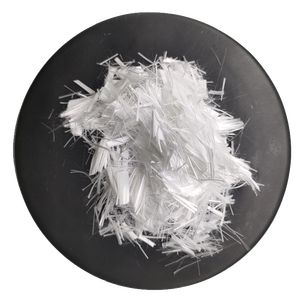Durable and versatile chemical fibers for textiles, composites, and more. Excellent quality, competitive rates, and reliable delivery.
Cytoskeleton Secrets: Which Fiber Holds Your Cell’s Organs in Place?
(which type of cytoskeleton fiber anchors organelles?)
Think of a cell as a tiny city. Roads, bridges, and scaffolding keep everything running. The cytoskeleton is that city’s infrastructure. But not all parts of this skeleton do the same job. Some act like highways. Others work like construction crews. Today, we’re hunting for the fiber that acts as an anchor—the one that keeps the cell’s “organs” from floating away.
Cells are packed with organelles. Mitochondria power the cell. The nucleus holds genetic blueprints. The endoplasmic reticulum makes proteins. These organelles don’t drift around randomly. They’re held in place. If they floated freely, chaos would follow. Imagine power stations sliding into waste disposal zones. That’s a cellular disaster. So what keeps everything anchored?
The cytoskeleton has three main fibers: microfilaments, microtubules, and intermediate filaments. Let’s break them down.
Microfilaments are thin and twisty. They’re made of actin, a protein that loves to contract. These guys are like the city’s construction workers. They reshape the cell during movement or division. Picture them pulling the cell membrane inward to split a cell in two. Useful, but not the anchors we’re after.
Microtubules are thick, hollow tubes. They’re the highways. Vesicles—tiny delivery trucks—ride along them to shuttle materials. During cell division, microtubules guide chromosomes apart. They’re crucial for transport and structure. But highways don’t glue things down. So microtubules aren’t our anchor champions.
That leaves intermediate filaments. The name doesn’t sound exciting, but don’t judge yet. These fibers are tough, ropy proteins. They don’t dissolve or rebuild like microfilaments and microtubules. Instead, they’re stable. Think of them as steel beams in a skyscraper. They brace the cell against stress. They also form a mesh-like net inside the cell.
Here’s the kicker: this net physically traps organelles. Mitochondria, the nucleus, and others nestle into the webbing. Intermediate filaments act like Velcro. They stick organelles in place without blocking their work. For example, the nucleus sits in a cozy cage of these filaments. Even when the cell stretches or squishes, the nucleus stays put.
Why does this matter? Without anchors, organelles would crash into each other. Chemical reactions would fail. Signals would get lost. Imagine a factory where machines slide around. Production halts. Intermediate filaments prevent that chaos. They’re the unsung heroes of cellular order.
Some cells need extra anchoring. Muscle cells endure constant pulling. Their intermediate filaments are super strong. Nerve cells are long and skinny. Filaments keep their stretched shape stable. Skin cells face friction and pressure. Filaments lock organelles in place like glue.
But wait—how do these filaments “grab” organelles? Proteins on organelle membranes act like handles. Intermediate filaments have matching proteins that latch onto these handles. It’s a lock-and-key system. Specific fibers hook specific organelles. This precision ensures everything stays in its zone.
You might wonder: do other fibers help? Microtubules sometimes team up. They position organelles first, like placing furniture in a room. But the intermediate filaments keep them there. It’s a tag-team effort.
Still, intermediate filaments are the true anchors. They’re not just passive ropes. They respond to signals. If a cell needs to move, some filaments loosen their grip. Organelles shift carefully, not wildly. It’s a balance between stability and flexibility.
(which type of cytoskeleton fiber anchors organelles?)
Next time you think about cells, picture those ropy fibers. They’re the reason your cellular “city” isn’t a junkyard. No flashy movements, no speedy highways—just steady, silent anchoring. Without them, life as we know it would literally fall apart.





